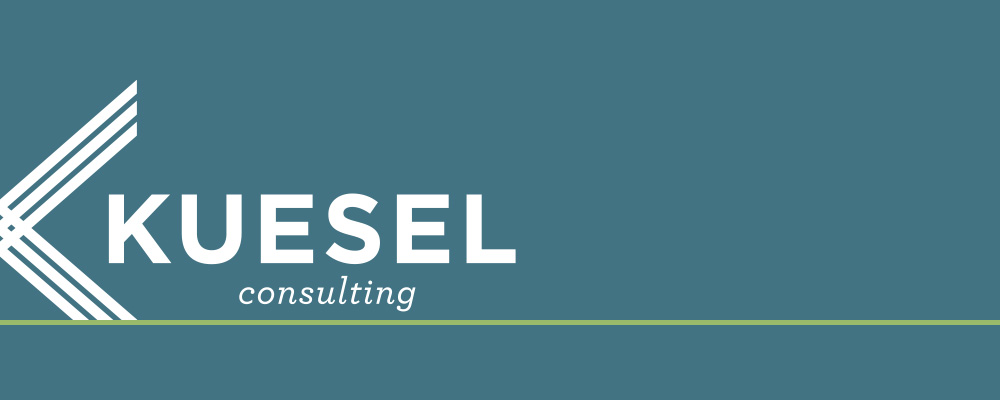I recently began a new client relationship with a partner who told me he hadn’t seen much growth in his practice over the past several years. However, unlike many of my clients who aren’t sure of why their practice growth has stalled, he knew precisely what was happening. He equated the stall in growth to his inability to spend time developing client relationships.
He went on to explain that his strategy for the past 15 years was to grow his client base “from within” and this had historically produced 10% growth per year. The source of the growth included cross-selling special projects, referrals to new clients, and growing the breadth, depth, and scope of his relationships.
So, I asked him why he hadn’t been able to continue to invest in his client base like he had in the past and he told me that a growth in partner administrative responsibilities were primarily to blame. So, knowing the obstacles, and the cause, we started working together to remove them – so he could get back to enjoying 10% growth in his practice.
We set out to find about 100 hours that he could redeploy toward client development. This would give him the ability to visit with one or two clients per week, and should begin to fuel growth again. Not to mention, with a practice of about $1 million, and estimating 10% growth from this investment, these 100 marketing hours would loosely translate into a whopping $1000/hour, so he had solid justification these client development activities were more beneficial to the firm.
The first stop on our “road to 100” was leverage. Even though he felt that he was fully leveraging his practice, he found 15 tax clients that could be reviewed by someone else, saving him 30 hours. The next stop was time related to scheduling and logistics for the monthly partner meetings he hosted. We asked the office administrator to manage this process going forward and we estimated that was about 15 hours. Our last stop was billing and collections. He turned to the COO to help him become more efficient to shave valuable time from this monthly task and make the first and second call for any AR past 30 days. We estimated this would save 25 hours. Finally, we found that his investment in people issues had grown out of proportion and we re-sized this by deflecting and redirecting certain types of people issues to another partner. These final changes were estimated to save him 50 hours/year.
In total, we found about 120 hours of time savings that could be redeployed to client development activities. While these were simply estimates and were subject to change, he was determined to free himself from these less value added hours and adopted a new approach to evaluating administrative tasks. Plus, he was energized by the fact that he could get back to doing what resulted in growth for him in the past.
So what happened? Within three weeks on this new program he sold a special project to a long-time client. The client was not only happy to see his accountant after a long hiatus, was thrilled that he was being a proactive advisor again.

